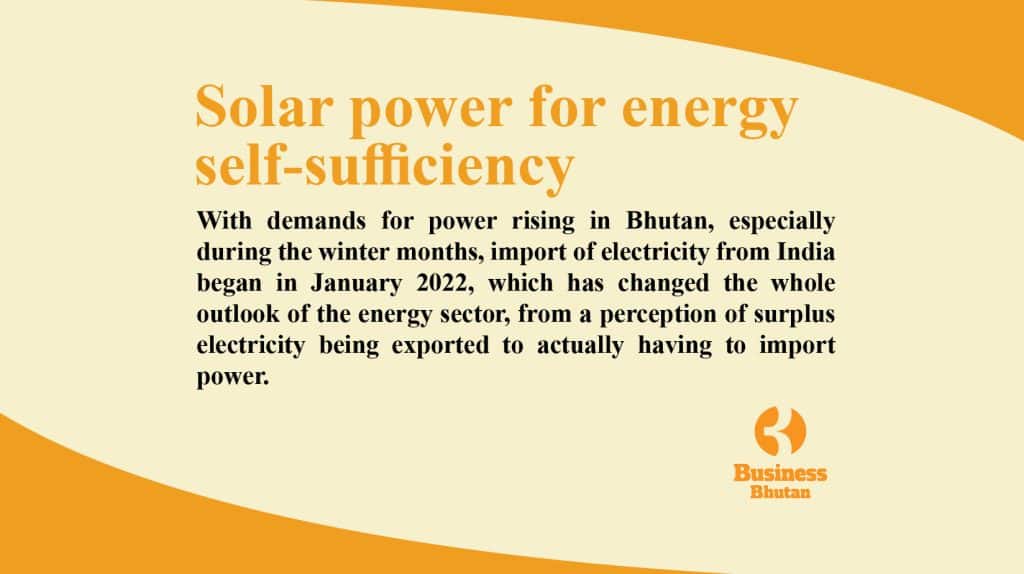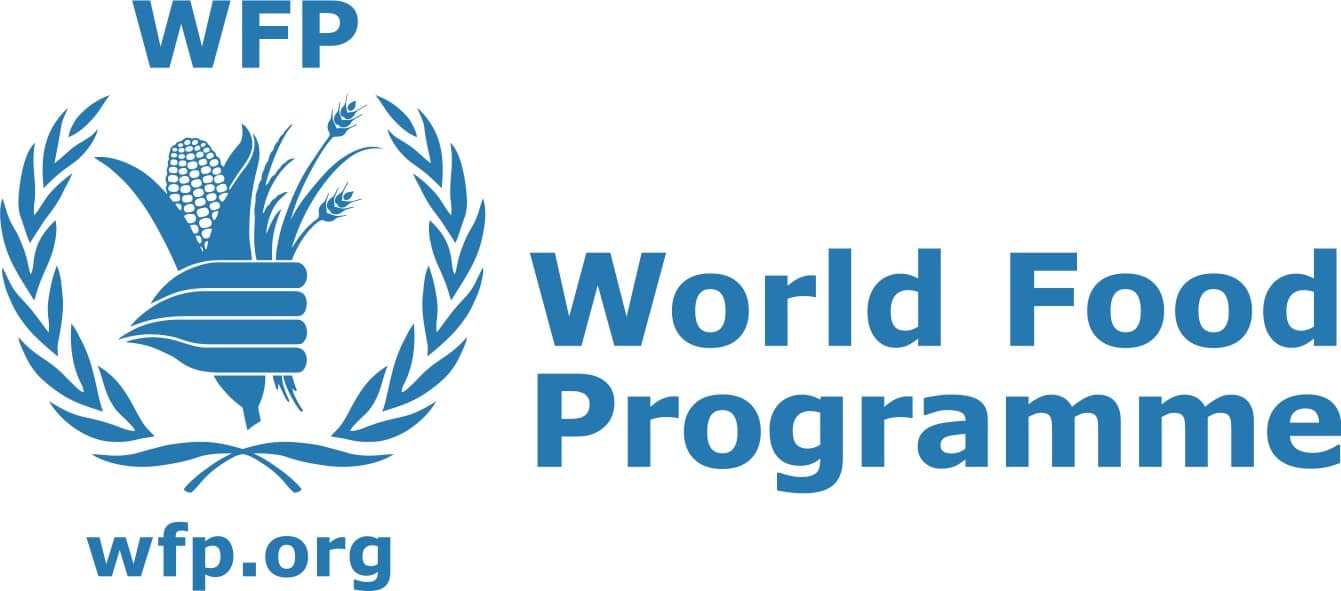In order to ensure self- sufficiency in hydropower, DGPC in collaboration with DoE plans to harness solar energy
With demands for power rising in Bhutan, especially during the winter months, import of electricity from India began in January 2022, which has changed the whole outlook of the energy sector, from a perception of surplus electricity being exported to actually having to import power.
In order to bridge this need, the Druk Green Power Corporation Ltd (DGPC) in coordination with the Department of Energy (DoE), plans to generate an additional 300 to 400 megawatts (MW) of solar energy. Bhutan, being the net exporter of electricity, has not needed to import electricity until recently during winter months (January, February and March). But given the inadequate electricity generated throughout the winter, the country began importing power from India at the beginning of this year.
“Due to the fact that the domestic demand for electricity during the winter months when river discharges are very low exceeds the firm capacity of existing hydropower plants, we are not able to generate enough for our own consumption,” Managing Director of DGPC, Dasho Chhewang Rinzin said. Additionally, there is also a question of affordability in terms of tariff.
During the months of January, February, and March 2022, when Bhutan imported power from Indian energy exchanges, the market clearing tariffs in the 15 minutes time blocks ranged from a minimum of Nu 1.61’per unit to a maximum of Nu 19.99’per unit, Dasho Chhewang said. When exported to India, the charges are lower. Moreover, he also added that the tariff from domestic solar will be cheaper than tariffs on imported power.
Adding to that, Dasho said the import requirements will further increase over the years till there is some respite with one or two of the mega hydropower projects that are under construction coming online. “To defray some of the uncertainties in availability and tariffs, a viable emerging alternative for Bhutan is solar power with its falling prices,” he added, underlining that a good indication of solar tariff will become available on completion of the first large solar power plant of 17MW planned at Sephu.
Elaborating further, Dasho mentioned that considering “solar capacity will be advantageous for Bhutan as it gets a lot of sunshine during the winter months when river discharges are quite low.” “Therefore solar and hydro could complement each other and be considered as a hybrid solution to Bhutan’s growing energy security concerns,” he added.
Further, Dasho Chhewang highlighted that it is a good time to get started with other alternative energy resources that Bhutan has in abundance, adding solar energy is one of the best alternatives. “The 300-400 MW of solar power that is being planned will complement our investments in hydropower,” he said.
Dasho also added that while finance for 100 MW might be committed by the ADB, Bhutan would need to explore funds for the additional 200 to 300 MW.
Meanwhile, the project will be undertaken in collaboration with the Department of Renewable Energy, which has been working with the Asian Development Bank (ADB) to expand Bhutan’s solar power capacity.
In an earlier meet with journalists, Prime Minister Dr. Lotay Tshering has also mentioned that Bhutan may see net negative production if it continues to import power for the next six to eight years.
“We import power during winter at a higher rate than the rate we export during other seasons,” he said.














